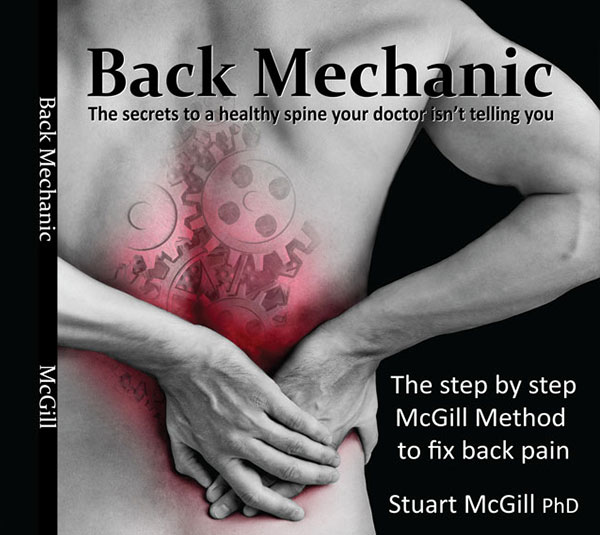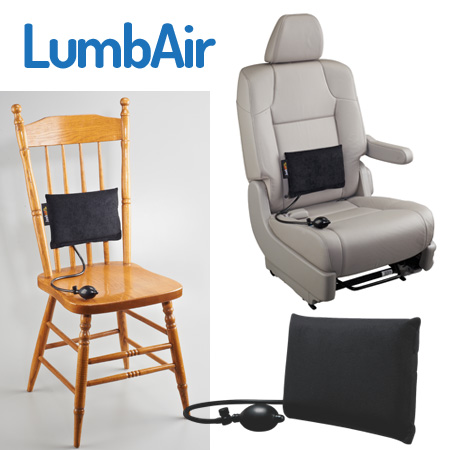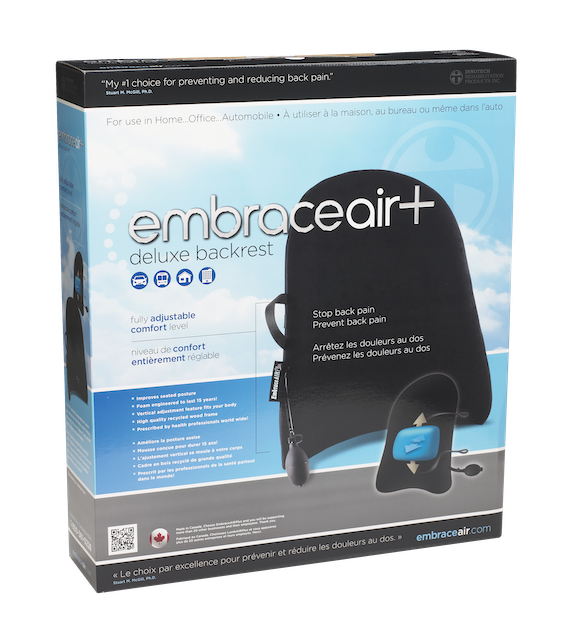23 Jul Building the Foundation: Teaching Shawn Frankl How to Move, Brace, and Rebuild
Article Rundown
- Brian Carroll guides Shawn Frankl through core bracing techniques using the “dimmer switch” approach
- Practical rehab and prehab exercises are demonstrated for spine and shoulder health
- The session includes dumbbell rows, Lock Shoulder Big 3, and thoracic mobility drills
- Emphasis is placed on pain-free training, posture, and movement longevity
Teaching Shawn Frankl How to Move, Brace, and Rebuild
If you’ve been following along with my recent series, you know I’ve been working closely with one of the most dominant powerlifters of all time—my longtime friend, Shawn Frankl. After a career that included all-time world records at both 198 and 220, Shawn has recently been battling back pain that’s limited his ability to train and live on his own terms. That’s where I came in.
We’ve already gone through the full McGill Method assessment together. I sat down with Shawn to review his injury history, his lifestyle, and his long-term goals so we could build a strategy to get him back in the game. We also worked in the gym to analyze his movement, identify pain triggers, and determine which patterns help wind his pain down. If you haven’t seen that video, check it out on my YouTube channel, Brian Carroll 1306—it’s a full walkthrough of the assessment process I use with every lifter who comes through my doors.
Now, in this next phase, we’re moving into practical application—showing Shawn how to train smart again with intentional, pain-free movement patterns that will support his healing and set the foundation for a return to high-level performance.
Learning to Brace with Precision: The Dimmer Switch Analogy
One of the biggest lessons I teach all of my clients, especially those recovering from back issues, is that bracing isn’t an “all or nothing” effort. This is where so many lifters go wrong. Over-bracing during light movements creates unnecessary compression on the spine and can actually flare up pain instead of preventing it.
I walked Shawn through the concept I call the “dimmer switch” approach to bracing. Think of your core stiffness like a dimmer switch on a light—you only use as much as you need. If the room is dark, you don’t need to blast full brightness. The same goes for your core.
We demonstrated this during a single-arm dumbbell row. As the weight increases, the demand on your core increases, and so does the required stiffness. But it’s not binary. You gradually “dial up” your brace to match the load and movement. Shawn immediately felt the difference. Not only did this reduce unnecessary pressure on his spine, but it also gave him a clearer sense of control and efficiency in his movement.
Rehab, Prehab, and Warm-Up: Movements that Matter
From here, we transitioned into a few essential movements that Shawn can use as part of his rehab, prehab, and general warm-up routine. These are foundational tools that help protect the spine, promote shoulder health, and maintain a resilient, pain-free posture. Here’s what we worked on:
Dumbbell Row
A classic movement, but only when done right. This is where I showed Shawn how to fine-tune his bracing and ensure the row wasn’t creating torque or twisting through the spine. We focused on maintaining a neutral spine, bracing appropriately with each rep, and building both strength and stability in the mid-back.
The “Lock Shoulder Big 3”
This one is personal to me. Created by the late Dr. Andrew Lock (rest in peace), these three exercises are designed to prime and stabilize the shoulders before pressing. They help activate the scapular stabilizers, reduce the risk of shoulder impingement, and are especially valuable for lifters like Shawn who’ve pushed their shoulders to the limit over years of heavy training. These movements are now a non-negotiable part of my own upper-body warm-up and one I recommend to everyone, whether you’re injured or not.
PNF Thoracic Mobility on a Bench
Finally, we worked on thoracic spine mobility using a PNF (Proprioceptive Neuromuscular Facilitation) drill on a flat bench. This drill opens up the upper back and helps restore healthy, controlled movement through the t-spine. Improving thoracic mobility is key for lifters because it directly influences posture, breathing mechanics, shoulder position, and ultimately, spinal loading. For someone like Shawn, who’s dealt with compensations and stiffness, this was an important reset.
Building a Better Foundation—One Movement at a Time
Rebuilding a champion like Shawn doesn’t happen overnight. It’s not just about throwing more weight on the bar—it’s about earning the right to train hard again by moving well, protecting the spine, and creating a resilient foundation. These movements we went over might seem basic on the surface, but they’re the exact kind of high-value, low-risk tools that I’ve used to help dozens of lifters come back from injury—and go on to set PRs. Shawn’s journey back isn’t just about rehab—it’s about evolving as an athlete and learning how to train for longevity.
If you missed the assessment video or want to dig deeper into the McGill Method, head over to my YouTube channel [Brian Carroll 1306] and check out the full series.











Sorry, the comment form is closed at this time.